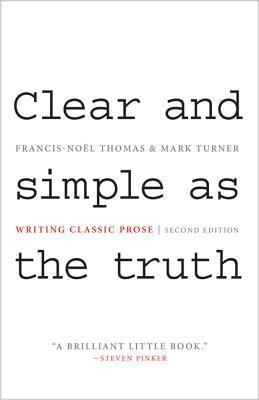What do you think?
Rate this book


272 pages, Paperback
First published November 25, 1994
The teaching of writing in America is almost entirely controlled by the view that teaching writing is teaching verbal skills—from the placing of commas to the ordering of paragraphs.
When we open a cookbook, we completely put aside—and expect the author to put aside—the kind of question that leads to the heart of certain philosophic and religious traditions. Is it possible to talk about cooking? Do eggs really exist? Is food something about which knowledge is possible? These questions may lead to enlightenment or to satori; they do not lead to satisfying dinners.